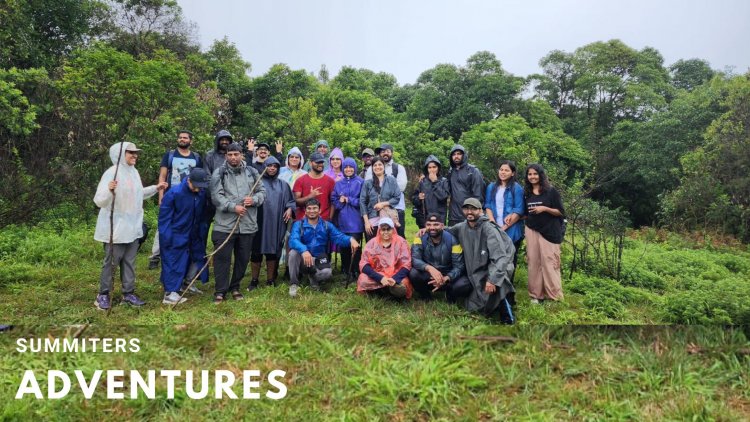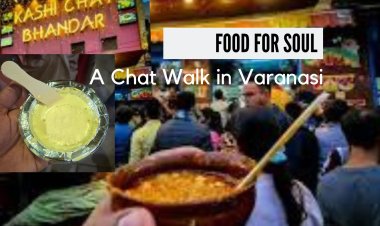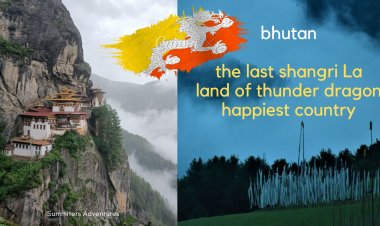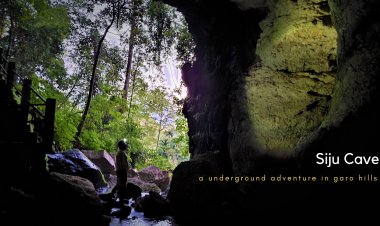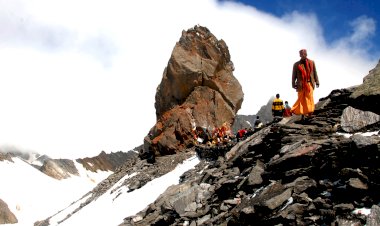Manja Motte - Makaath Motte : A offbeat trail in coorg in the gaze of Iggutappa
A lesser-known twin hiking hills - Manja motte - Makaat motte, is an offbeat place, one of the best-kept secrets of Coorg wilderness. The scenic trail and naturalist paradise are ideal for nature lovers. It makes an ideal day hiking destination or for overnight camping under the star studded sky.

As I go down into my memory line, during a casual discussion during an explorative trek with a local Yerava tribe, more than 2 decades back near kallumani cave, in the foothills of Thadiyandamol peak - The highest Peak of Coorg. He incessantly began to praise Iggutappa - A Kodava deity, who is all holy and powerful and twin peaks rising above the moola sthana - Temple Origin. He mentioned the name of twin peaks and later, over the years I lost track of it.
In the later years during a weekend trek, the local plantation Kodava owner Appanna mentioned and began to describe the beauty of it. and how sacred it is to the Kodava community. It was the same trek of twin peaks in the shadow of Lord Iggutappa. he named it as Manja Motte and Makaat Motte Trek - A Off beat trekking trail in Coorg.
In the Shadow of the Lord
My inquisitiveness persuaded Appanna to provide more information, Motte means a hill summit in the Kodava dialect. Manja - Means, a grassland after the onset of winter transforms into yellowish color, and Makaat - Means a hill summit, where wind Kaat blows steadily or where the breeze is high. Finally to conclude it is placed on a hilltop yellow in color and hilltop where there is a cool breeze.
We finally decided to visit the hills and landed in Kakkabe on a fine early morning. It was cloudy and packed with clouds as if looked like it might rain cats and dogs. A cup of hot cup of coffee made us warm. After a sumptuous breakfast, we headed towards Igutthappa temple. About 30 minutes of the serpentine road journey ended at the temple premises.
A drastic weather change came as a blessing, the sun peeped through the silver oak trees, and we were on a jeep track, a slushy path. We were passing through the private coffee plantation property, and we could see women folk busy gathering ripened fruit.
The narrow winding climbing path, gradually made me curious. I could see dry and fresh elephant dung. along the path. Our walking pace slowed down, after seeing butterflies fluttering in the air. I patiently waited to settle. We had to move into the thickets, and I could see basking in sunlight, while most butterflies do this, some butterfly families use the underside of their wings to absorb heat called lateral basking.
The Great Orange-tip (Hebomoia glaucippe) (is a butterfly belonging to the Pieridae family soon caught my attention and I soon was able to photograph it through my lens. It as looked, as if the Indian flag the in the green backdrop.
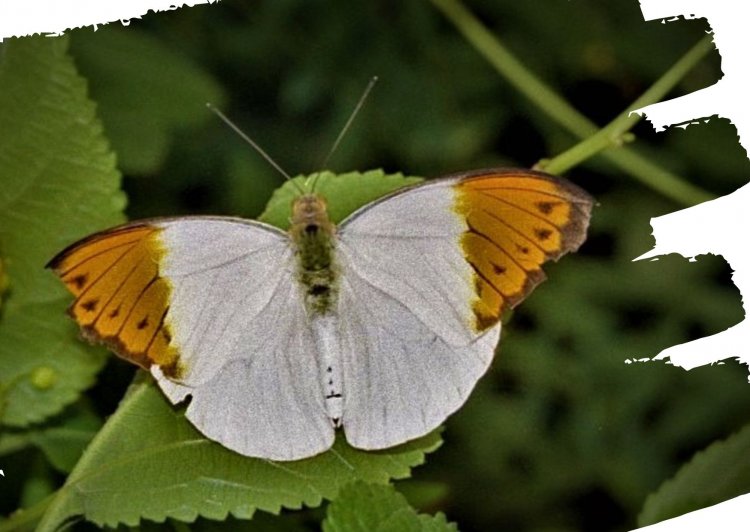
The attractive color really made me, patient. take as many photos, as possible. The grasshoppers after jumping, flew past and were finally spotted resting on a branch exhibiting their true colors. I was totally engaged in the photo session. Though they are regarded as the speediest butterflies, when resting normally the great orange tip butterfly holds its wings still in the upright position

I could spot a brown butterfly with reddish-brown scales, basking on a rock, I made a guess that it might have attracted Lantana flowers growing profusely on the edges of the estate path. It did pose for me and disappeared into the bushes, Later came to know that it was Fulvous Pied Flat Pseudocoladenia, Dan. The hair-like growth on the wings makes them look more pretty.
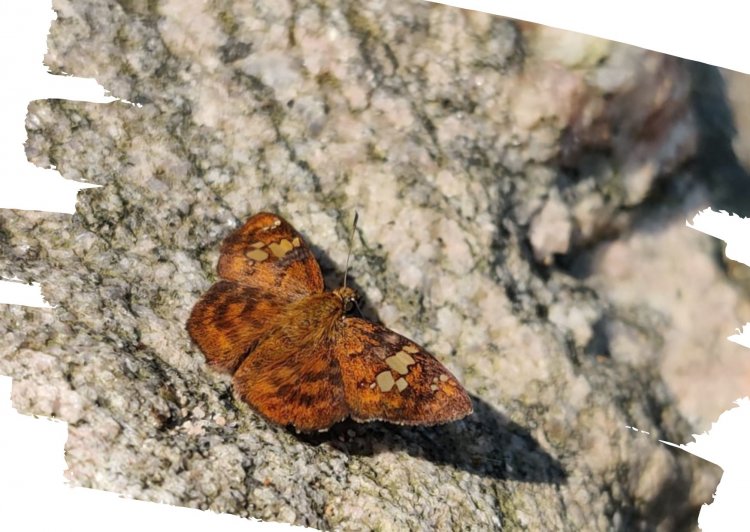
A few moths too drew my attention, a white moth with yellow and black patches - clouded magpie, i felt as if they were resting and as if stuck to them, and was able to capture them without any extra effort. They too were colorful indeed.
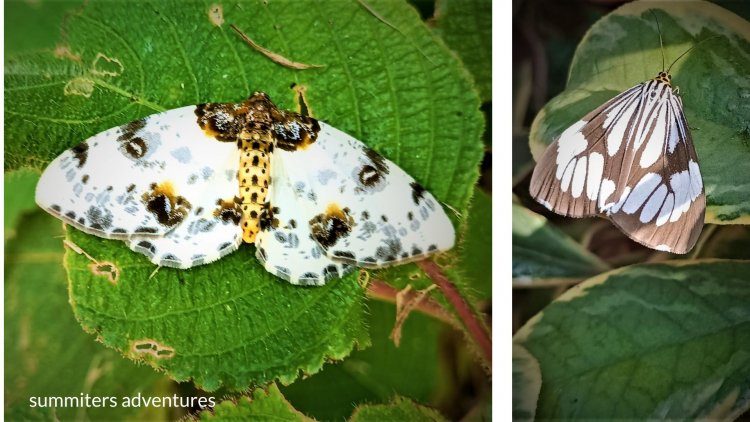
We walked off the jeep track and reached the fringes of the sacred forest, the abode of Lord Igguthappa known as malma. We were surprised to see ice-cold, fresh water on the hillock. We quenched our thirst, then took a direction from here.
We spotted bright Red and yellow flowers Gloriosa Superba growing in the thickets here, locally known as thokk pooh in kodava language . The Kodavas collect this flower, for Kaipodh during Ayudha Pooja which is celebrated on 03 September every year. This Unique traditional festival is celebrated within the Kodagu community where arms and weapons like guns, knives, swords, bows, and arrows are cleaned and prayer lamps are lit.
The hanging prayer lamps are called Thookbolcha in Kodava and flowers called Thokk Poo (Gloriosa Superba flowers) are placed on the nozzles of guns.
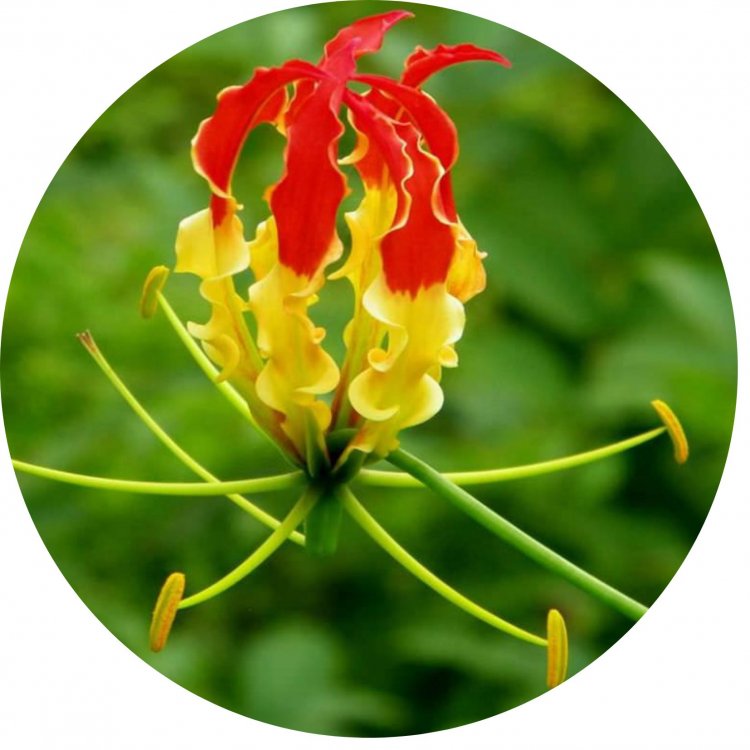
Kail means armory and Podh means festivals, so Kailpodh or kail Muhurtha means “Festivals of Weapons”.
Lord Karana is worshipped and weapons are decorated using thokk pooh. The flower is reverred, as a sacred flower by coorgis. The weapons used to protect the crop hence are taken and decorated on this day and pooja is offered. Mahaguru Igguthappa and the supreme ancestor Guru Karana, are invoked during this day.
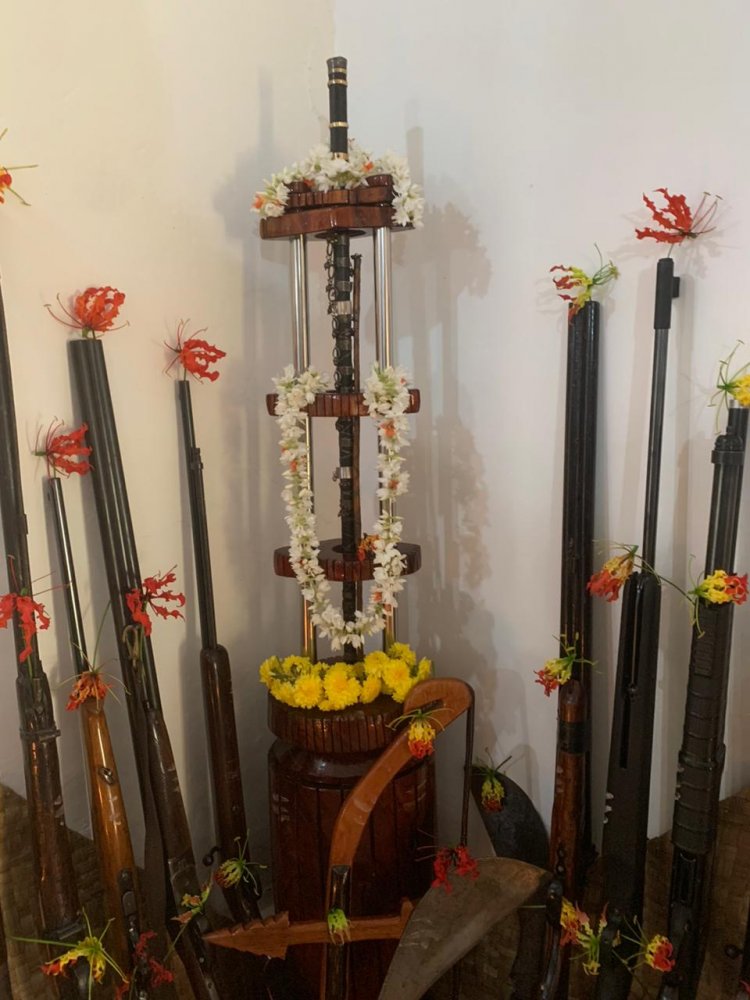
During the month of March, the local folk of surrounding villages, walk to the hill carrying the idol of the Lord, to moola sthana -Malma, and worship Lord Iggutthappa.
As I was walking through the shola forest, I could see, Oak leaf butterflies camouflaged, fluttering over the bark of trees. Butterflies relaxing in their natural forest habitat in the hot sun.
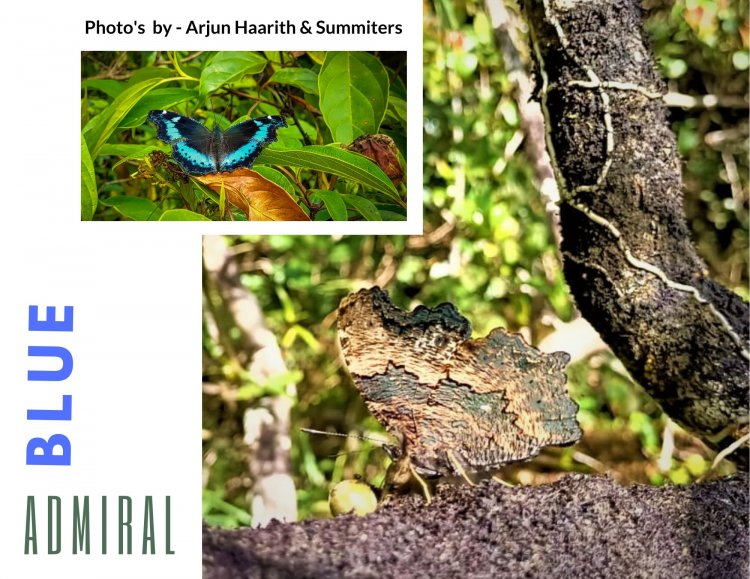
This very widespread species can be found as far north as southeastern Siberia, east to Korea, Japan, and Taiwan, west to India, and south to Sri Lanka, Myanmar, and parts of Indonesia, with a number of well-marked geographic races.
We finally reached the top of Manja Motte , after the forest clearing. From here were able to see Thadiyandamol peak, a short walk on the ridge, after a steep climb we reached the table top viewpoint. From here a steep descent and a climb led us to Makaat Motte.
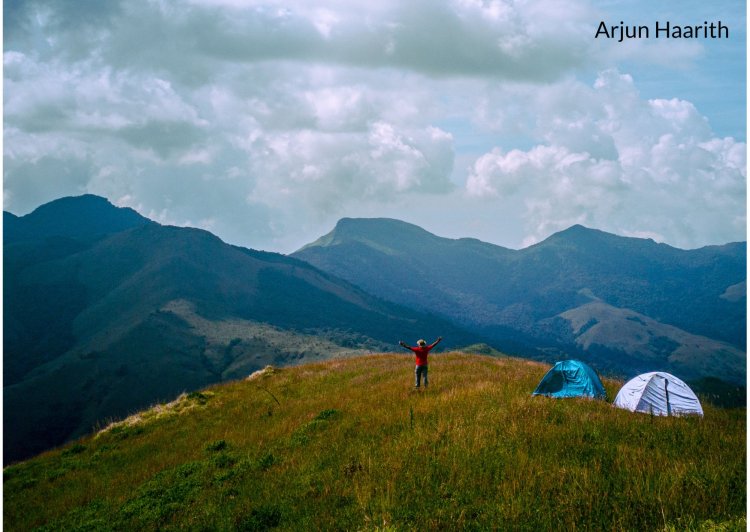
The table top literally served as an ideal place for camping, with spectacular views of the surrounding hills in a semi-circle. We could see layers of Brahmagiri peak and range on the right. We pitched our tents to camp overnight. Our guide and a few other team members expressed their opinion of camping below, as the hilltop is ideal for a panoramic view of mountains but no water. We thought of camping here next time.
We explored the surroundings descended the hill, and walked till we reached Votu pare. One of the member after sighting a colourful creeper and shouted as if he stepped on a snake.I was in dilemma, the flower-like plant resembling a hood of snake growing profusing shook us for a minute. It was none other than Mysore Ceropregia which is an herbal plant having immense medicinal properties. The weeds that had grown covering the plant blocked the way indeed !
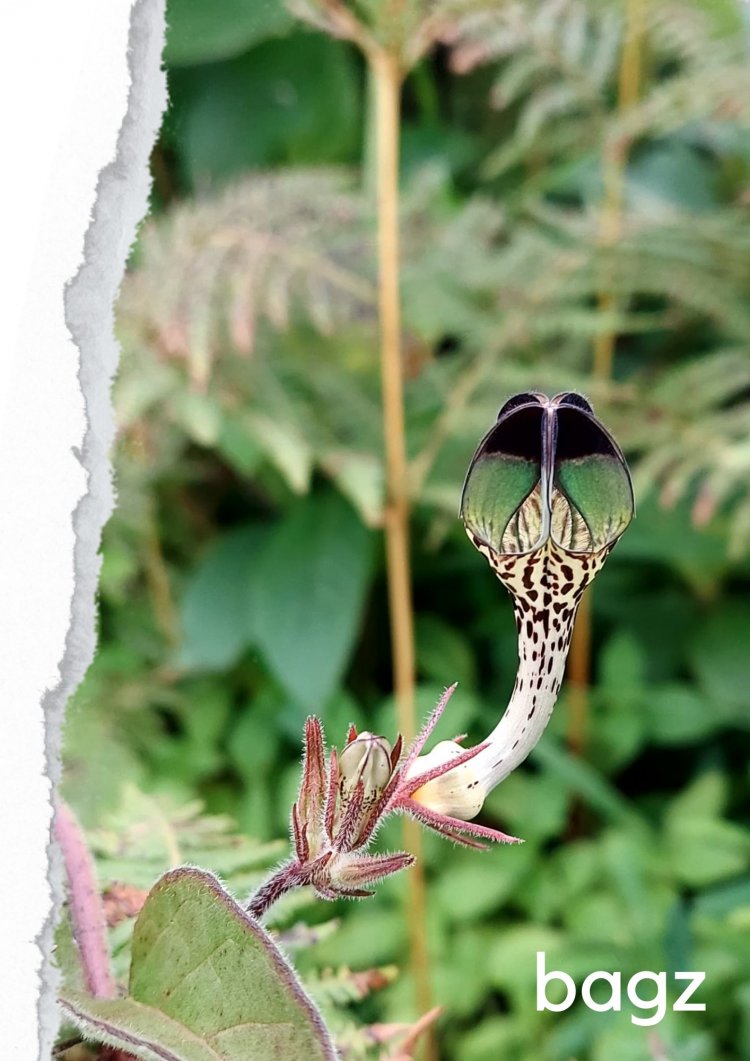
Few even expressed to climb the highest point MaLe from here, the ridge running upward parallelly to vote pare. Though we were keen to traverse the slope and reach the highest point we were short of time. So we decided to try it on our next visit.
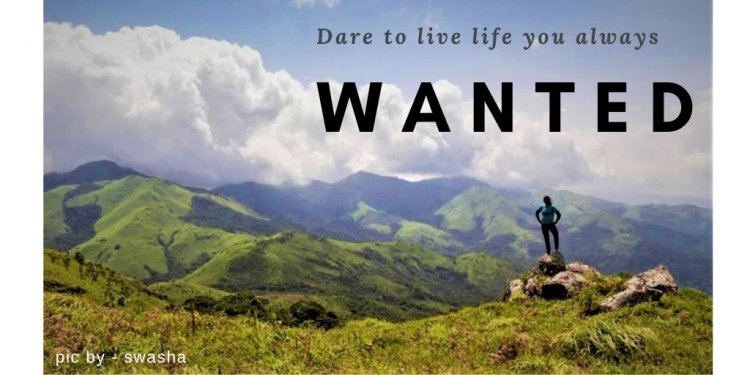
The place here was ideal for camping as a perennial stream flows here. We explored the surroundings and walked to Medi Kolli, the last road point. The surrounding hills looked like sentinels surrounding us. A barking deer appeared from nowhere in the bushes and meanwhile jumped and disappeared into the grassland. Our guide reminded us to walk briskly as it was getting dark. The sun had disappeared behind clouds and it was misty again. I could see a rainbow kissing the hills.
. “Sunset is still my favorite color, and rainbow is second.”
- Mattie Stepanek -

Note:
- The place is revered by the local Kodava community, so don't pollute the place or venture without getting consent. from property owners.
- Plan with knowledgeable local guides, as the area is known for wild elephants.
For Customised treks and other services
Contact 9740360365/ Whatsapp
